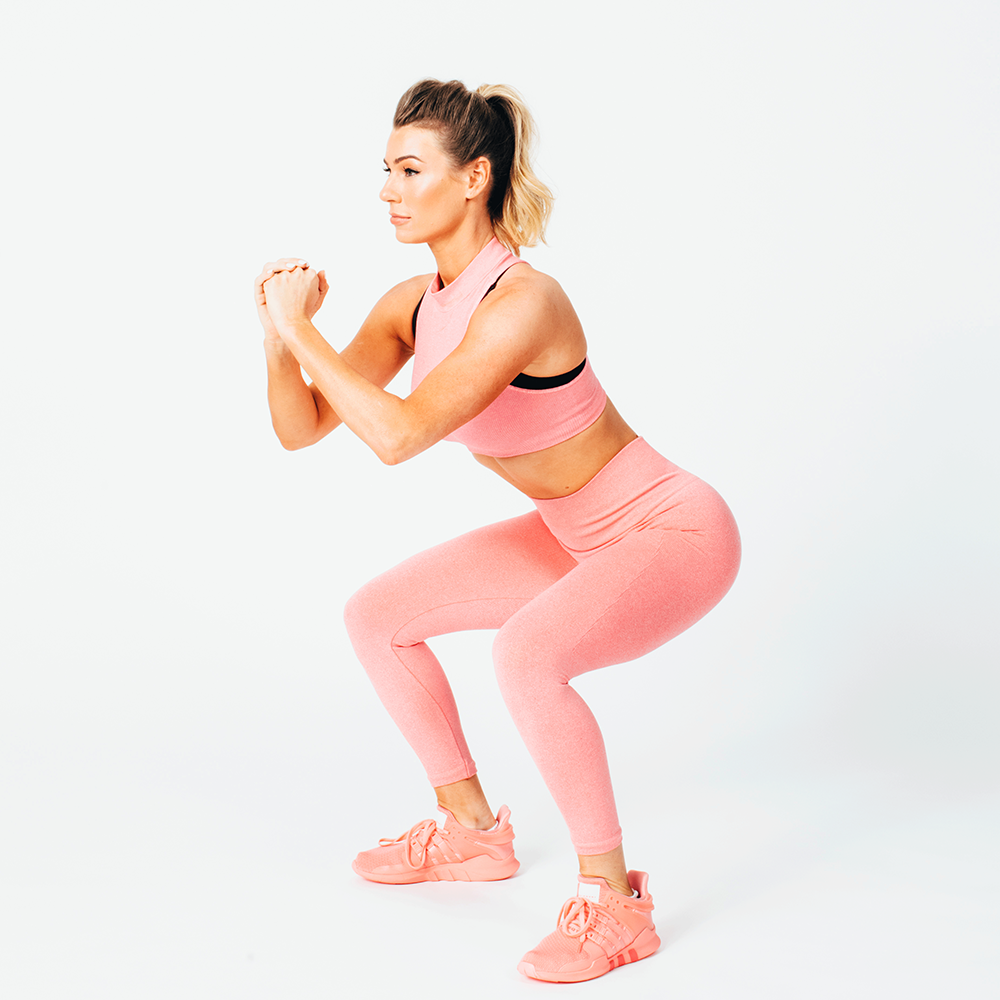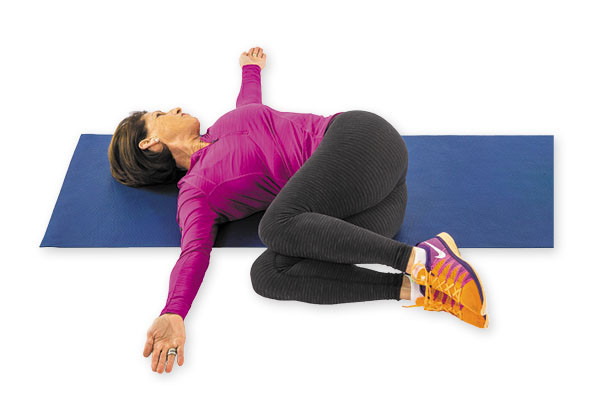Exercise is essential for good health. But we typically limit ourselves to one or two activities. Some aspects of exercise and fitness may be overlooked because people do what they appreciate or what feels the most effective. We should all be performing aerobic, stretching, strengthening, and balance exercises. Here, we outline what you need to know about each type
of exercise and provide examples to attempt, with your physician’s approval. Checkout the Top 4 important types of exercise.
Top 4 important types of exercise
1. Aerobic exercise
Aerobic exercise, which increases your pulse rate and breathing rate, is essential for numerous bodily processes. It strengthens the heart and lungs and improves endurance. If you are too exhausted to trek up a flight of stairs, you should seek medical attention. If you are simply out of shape, you will need more aerobic exercise to condition your heart and lungs and get enough oxygen to your muscles so they can function effectively.
Aerobic exercise also relaxes blood vessel walls, reduces blood pressure, burns calories, lowers blood sugar levels, reduces inflammation, and improves mood. In conjunction with weight loss, it can also reduce levels of “bad” LDL cholesterol. Aerobic exercise reduces the risk of heart disease, stroke, type 2 diabetes, breast and colon cancer, depression, and accidents over the long term.
Aim for at least 150 minutes per week of activity at a moderate intensity. Consider vigorous walking, swimming, jogging, cycling, dancing, and step aerobics classes.
Marching in place

Starting position: Stand tall with your feet together and arms at your sides.
Movement: Bend your elbows and swing your arms as you lift your knees.
March in a variety of styles:
- March in place.
- March four steps forward, and then four steps back.
- March in place with feet wide apart.
- Alternate marching feet wide and together (out, out, in, in).
Tips and techniques:
- Look straight ahead and keep your abs tight.
- Breathe comfortably, and don’t clench your fists.
Make it easier: March slower and don’t lift your knees as high.
Make it harder: Lift your knees higher, march faster, and really pump your arms.
2. Strength training
As we age, our muscle mass decreases. Strength training restores muscle mass. Regular strength training will increase your confidence and ability to perform daily duties such as carrying groceries, gardening, and lifting heavier household items. Strength training will also assist you in rising from a chair, leaving the floor, and ascending staircases.
In addition to making you stronger, strengthening your muscles stimulates bone growth, lowers blood sugar, aids in weight management, improves balance and posture, and reduces tension and pain in the lower back and joints.
A physical therapist or certified personal trainer can design a strength training program that you can complete two to three times per week at the gym, at home, or at the office. It will most likely consist of body weight exercises such as squats, push-ups, and lunges, as well as resistance exercises using a weight, a band, or a weight machine.
It’s important to experience some muscle fatigue at the end of the exercise to make sure you are working or training the muscle group effectively.
Squat

Starting position: Stand with your feet shoulder-width apart, arms at your sides.
Movement: Slowly bend your hips and knees, lowering your buttocks about eight inches, as if you’re sitting back into a chair. Let your arms swing forward to help you balance. Keep your back straight. Slowly return to the starting position. Repeat 8-12 times.
Tips and techniques:
- Shift your weight into your heels.
- Squeeze your buttocks as you stand to help you balance.
Make it easier: Sit on the edge of a chair with your feet hip-width apart and arms crossed over your chest. Tighten your abdominal muscles and stand up. Slowly sit down with control.
Make it harder: Lower farther, but not past your thighs being parallel to the floor.
Also read: The Importance of breathing clean air
3. Stretching
Stretching promotes flexibility maintenance. When we’re younger and our muscles are healthier, we tend to overlook this fact. However, as people age, their muscle and tendon flexibility declines. Muscles shorten and become dysfunctional. This increases the risk of muscle cramps and discomfort, muscle damage, strains, joint pain, and falling, and makes it difficult to perform daily tasks such as bending over to secure your shoes.
Similarly, routinely stretching the muscles makes them longer and more flexible, which increases your range of motion and decreases pain and injury risk.
Aim for a daily or at least three or four times per week stretching regimen.
Warm up your muscles first with a few minutes of dynamic stretches, such as arm circles or marching in position. This delivers blood and oxygen to muscles and makes them changeable.
Then, conduct static stretches (holding a stretch position for up to sixty seconds) for the calves, hamstrings, hip flexors, quadriceps, shoulder, neck, and lower back muscles.
However, avoid stretching to the point of discomfort. This is ineffective because it restricts the muscle.
Single knee rotation

Starting position: Lie on your back with your legs extended on the floor.
Movement: Relax your shoulders against the floor. Bend your left knee and place your left foot on your right thigh just above the knee. Tighten your abdominal muscles, then grasp your left knee with your right hand and gently pull it across your body toward your right side.
Hold 10 to 30 seconds.
Return to the starting position and repeat on the other side.
Tips and techniques:
- Stretch to the point of mild tension, not pain.
- Try to keep both shoulders flat on the floor.
- To increase the stretch, look in the direction opposite to your knee.
4. Balance exercises
Enhancing your balance makes you feel more stable on your feet and prevents falls. As we age, the systems that help us maintain balance—our vision, our inner ear, and our leg muscles and joints—tend to degrade. Therefore, it becomes increasingly important that we maintain our equilibrium. The good news is that training your balance can assist in preventing and reversing these losses.
Numerous senior centers and fitness centers provide balance-focused exercise courses, such as tai chi and yoga. Even if you don’t believe you have balance issues, it is never too early to begin this form of exercise.
A physical therapist can assess your current equilibrium abilities and prescribe exercises that target your areas of weakness. This is especially essential if you have fallen or come close to falling, or if you are afraid of falling.
Typical balance exercises include standing on one foot or strolling heel to toe, with or without the eyes open. In addition, the physical therapist may have you concentrate on joint flexibility, walking on uneven surfaces, and leg muscle strengthening with exercises like squats and leg lifts. Before attempting any of these exercises at home, you should receive the appropriate training.
Standing knee lift

Starting position: Stand up straight with your feet together and your hands on your hips.
Movement: Lift your left knee toward the ceiling as high as is comfortable or until your thigh is parallel to the floor. Hold, then slowly lower your knee to the starting position.
Repeat the exercise 3-5 times.
Then perform the exercise 3-5 times with your right leg.
Tips and techniques:
- Keep your chest lifted and your shoulders down and back.
- Lift your arms out to your sides to help you balance, if needed.
- Tighten your abdominal muscles throughout.
- Tighten the buttock of your standing leg for stability.
- Breathe comfortably.
Make it easier: Hold on to the back of a chair or counter with one hand.
Make it harder: Lower your leg all the way to the floor without touching it. Just as it is about to touch, lift your leg up again.






